By Sambeet Dash
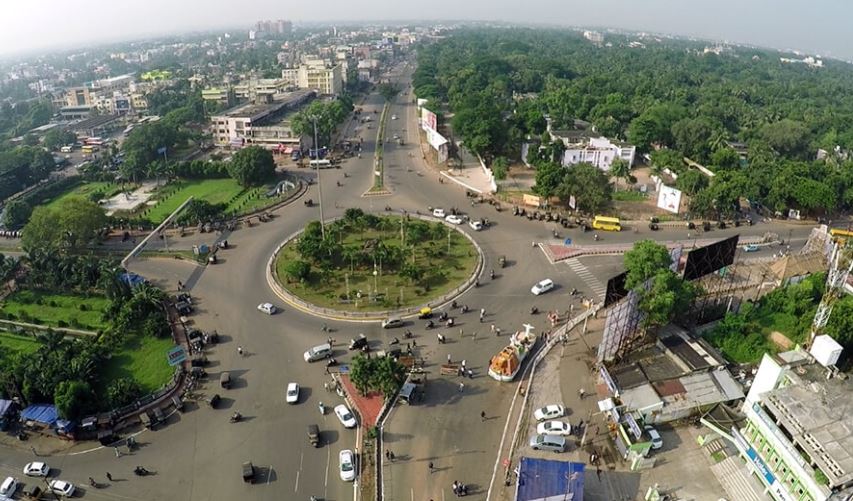
‘Though I left the city for good a quarter of a century ago, the city never left me.’
A new capital for the state of Odisha was founded on 13th April in the year of 1948, a little more than 70 years ago around the old city of Bhubaneswar. I grew up with the city ever since my father’s job brought him to it in the year of 1976 on a mid monsoon sultry August day. I have seen the city grew leaps and bound like a hydra-headed monster right in front of my eyes ever since I migrated and melted into it. Though I left the city for good a quarter of a century ago, the city never left me.
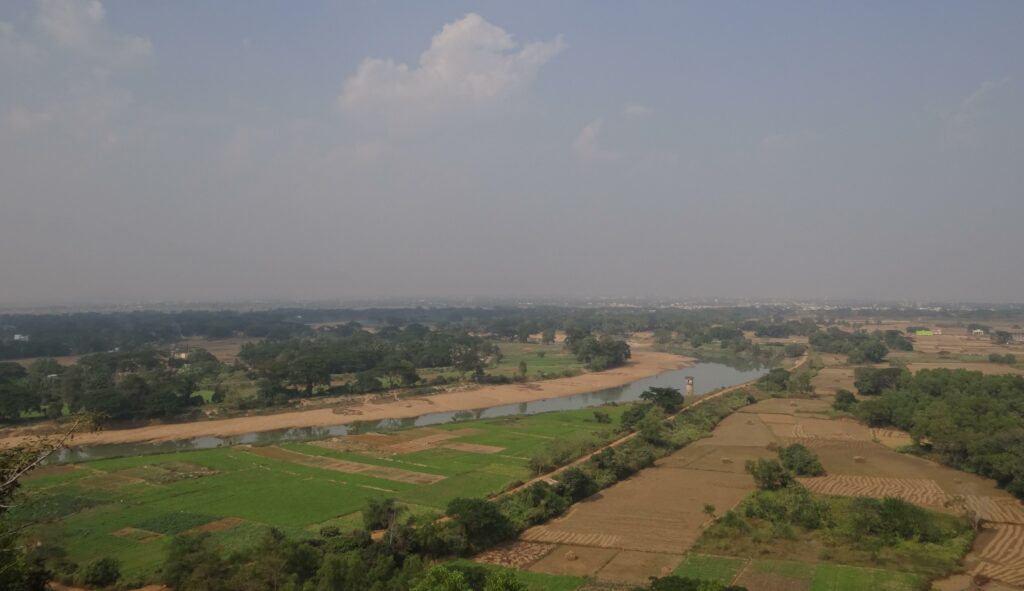
The Bhubaneswar of those days was better known for its salubrious weather. Summers were breezy, the winters mild. The cool wafts of air from South used to gently caress the city in the evening (now the gentle caress has been replaced by slapping hot lava-like winds meandering through concrete jungle every summer). What used to be a sleepy township of salaried people, now has transformed into a city of the nouveau riche and migrant poor from the hinterland in search of opportunity. For many, NROs (Non-Resident Odias) included, buying a property in Bhubaneswar has become a status symbol.
We were soon quartered in BJB Flats near Lewis Road (adjacent to the College named after the famous Khurda Paika Buxi Jagabandhu Bidyadhar who fought the British for Freedom). The Lewis Road was mostly empty except commuting hours of the government employees. In the evening a handful of Lambretta and Vespa scooters would be plying, interspersed with odd Ambassador or Fiat passing tickling down to a handful as the evening progressed. It is unimaginable these days.

The ubiquitous spring cum summer breeze of Bhubaneswar when the sun was hot, but the air was cool is not so common or cool these days. The arteries of the roads were not yet clogged, so no bypass was needed. On the popular Puja (festive) days, it was perfectly safe for us to bicycle all the way from BJB flats to Saheed Nagar amidst funnel-shaped loudspeakers from Pendals blaring out the contemporary hits. One of them was “MEIN HOON DON” (I am don) from the Amitabh’s hit movie Don.
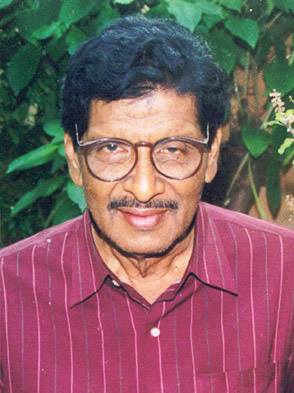
Another popular number by the virtuoso Odia singer cum songwriter Akshay Mohanty aptly depicted the New Capital city. The song went like this…
“AAGE THILA BAGHA BHALU
BHARA E JANGALA,
TU DEKHLO SUKUTA BOU
GHAIN GHAIN BULE BINCHNA NALA.
BAH BAH RE CAPITOL”
Roughly transliterated
‘A jungle filled with Tigers and Bears,
Now see, O SUKUTA’s mother.
The hand fan rotates faster
hail to Our New Capital Bhubaneswar.”
Not sure about tigers and bears, but when we moved to the newly built BJB Flats one summer afternoon of 1977, howling of jackals were not uncommon coming out of some of today’s poshest neighborhoods of the city. SUKUTA which in colloquial Odia means “the lanky lad” is referred here as the typical slow-witted, down to earth Odia guy from a village or small city, lost in inside the labyrinth and din & bustle of the big city called Bhubaneswar.
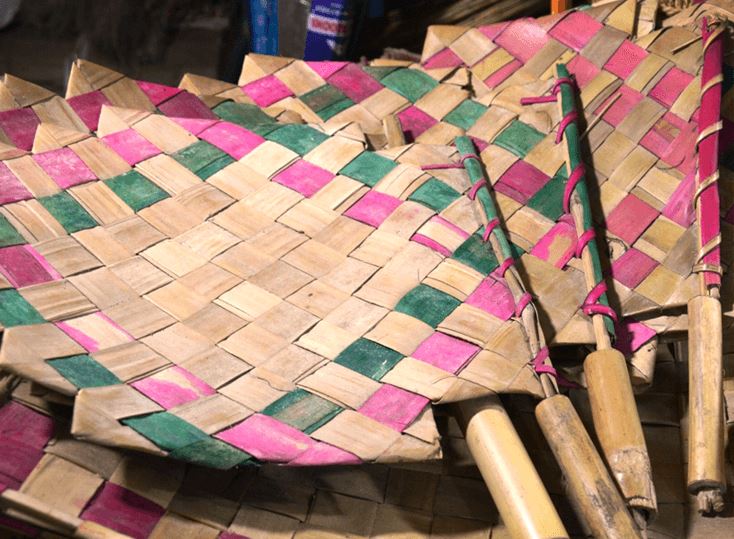
Bhubaneswar most part of the year these days needs Air Conditioning. The ubiquitous BINCHANA (hand fans) is now restricted l to the villages. The song goes on further ” –
MATHAA RU ODHANA TEKI
DEKHE LO TIKIYE,
NUA RAJADHANI KHALI
HUKU HUKU DIYE
DEKH KETE BADA BADA SARAKARI GHARA
“O mother of SUKUTA,
lift your head cover and get outta.
Our new capital totally rocks,
Look at those huge govt bungalows”.
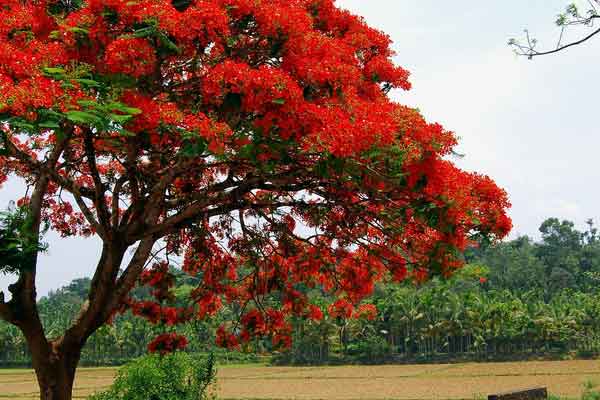
Bhubaneswar housed its lummox sized salaried employees in a string of Government Quarters separated by localities named as “Units”. Unlike now there were not a whole lot of fancy, private houses. The unique number of government quarters was enough for the Post office to deliver a letter. The city those days was far from today’s concrete jungle. BEL (Stone Apple) KRUSHNACHUDA (Marygold bearing crimson red flowers in spring) trees adorned its street as far as eyes can behold.
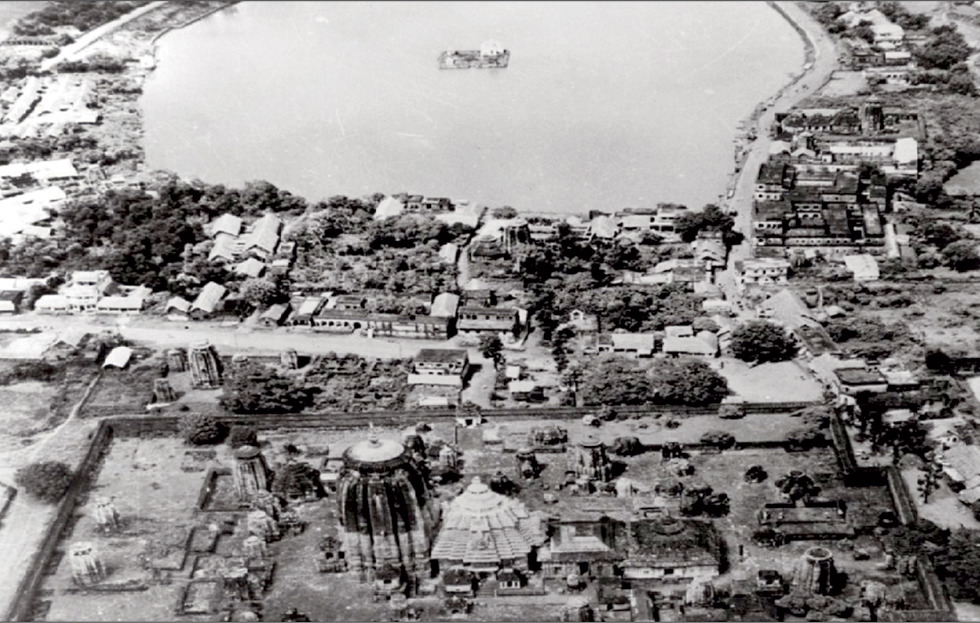
The temperature regularly into the 40 degrees Centigrade was unheard of in the city interspersed with water bodies, their cool surface wind propelled into the city by bursts of the air emanating from Bay Of Bengal. There was hardly any tall building to block its path or absorb heat, the only one being the 9 storied one which housed government offices. Then it was a place of tourist attraction.
An interesting feature about the Government quarters was most of them had at least one Jackfruit, Papaya, SAJANA (Drumstick) or a BARAKOLI (small sweet & sour berries) tree or some combinations of those. The trunks of most of which were surrounded by mounds of termite molehills which occasionally become free quarters for snakes. While playing in the yards my friends who like me lived in Government quart, we were soundly advised to stay away from those, lest get bitten by poisonous snakes. In fact, in 1979, a friend who used to play cricket with me died of Cobra bite.
The city, now with a million-plus peep has come a long way. A la cricket has taken the limelight away from other sports, no other plants survive close to a Banyan tree, Bhubaneswar had slowly pushed other cities of Odisha into oblivion. So much so that, many I know from Sambalpur, Berhampur or Balasore for whom leaving their native towns was once unthinkable, now have sold off their huge ancestral probably to buy a nondescript flat on the outskirts of the city.
When I heard this slang “GHAAIN GHAAIN BULE BINCHANA NALA”, I was too young to comprehend the meaning of it. Literally, it meant “the handheld fan rotates superfast”. It probably meant nothing, but I do remember some Bell-bottomed boys from another era, with cascading hair covering their earlobes and long sideburns used these lines to tease Salwar and Saree clad girls would shy away (Jeans though fashionable was yet unacceptable).
The early 1980s saw the arrival of a couple of new slangs DEKH TAKU (look at him/her, it’s mostly directed for her) and KOUTHI THOIBI (where shall I keep). That period saw the rise of KHATTI (Nonsense gossips) culture in the city, where boys would cluster around culverts (cemented structures on the crossroads of drains, originally meant for drainage of stormwater, later clogged and ending up being youth activity centers). Whistling and passing innuendos at girls passing by was a common phenomenon.
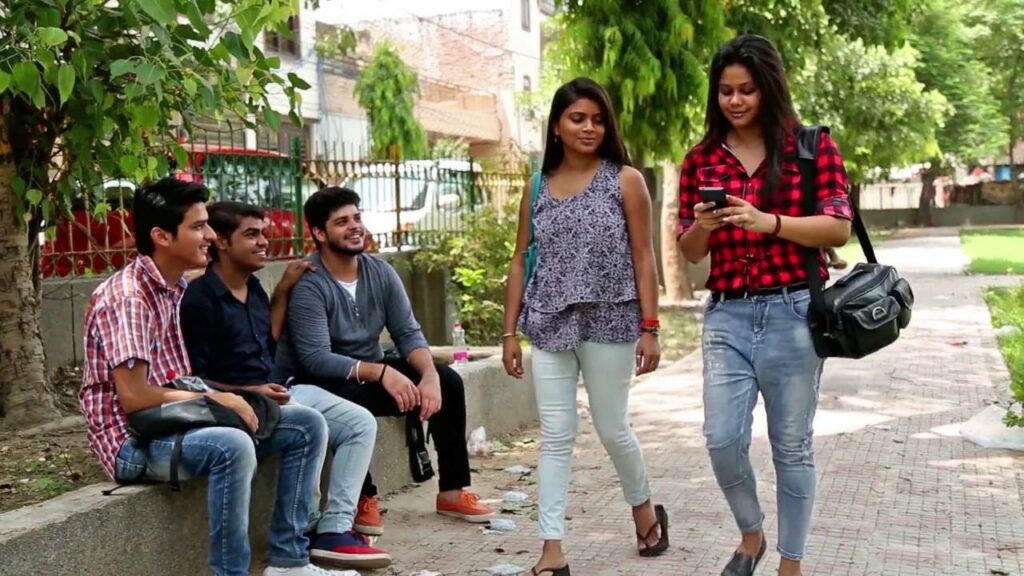
The latest slang someone proclaimed was “KANA KALA SE”. Transliterated it means “What he/she has done !” The reason I have put an exclamation mark is to indicate the way it is delivered with emphatic stress at the end. It could have several connotations but apparently used mostly to tease girls.
Three or more guys on pillions, often referred to as LUNGUDA (habitual girl chasers) would follow nubile girls. No sooner they sight a girl than the driver would turn his head 45 degrees (anything beyond that can risk an accident), those behind him turn 90. It was not unusual for a driver to get carried away, turning his head 90 degrees, crash landing with bruises. Their bike or scooter would end up screeching and skidding, making them bite the dust on the dusty roads of Bhubaneswar, filled with protruding pebbles.
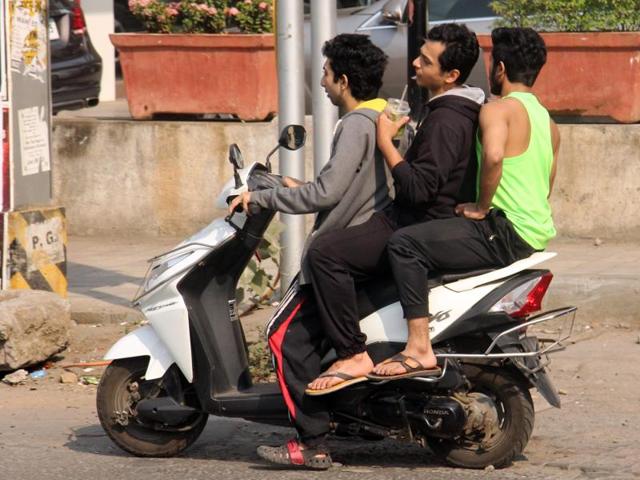
These slangs rarely lasted long and more slangs will come up in the future. Time has changed, human nature hasn’t. From “GHAAIN GHAAIN RE” to “KANA KALA SE” Bhubaneswar has come a long way. BAH BAH RE CAPITOL (Hail the capital), BAH BAH RE Akshaya Mohanty for being ages ahead in correctly capturing the ethos and pathos of the city.
Sambeet Dash is an Odia technocrat living in Georgia US.






























An interesting read and a nostalgic one for those who know and have lived in Bhubaneswar.
I think the line “ghain ghain bule binchana nala” refers to electric (ceiling) fans than hand fans as the line “jaluchhi aji dau dau” is contrasted against “dibiri bati tangara dhipa khala”.
Along with this song, the one “Raja jhia sange, karithili bhaba hai…” together are the finest, crude yet sophisticated snubbing of the new city and it’s ways (which were very different from other old cities) by a jealous lover of Cuttack, the city in danger of losing its relevance.
The rivalry continues.